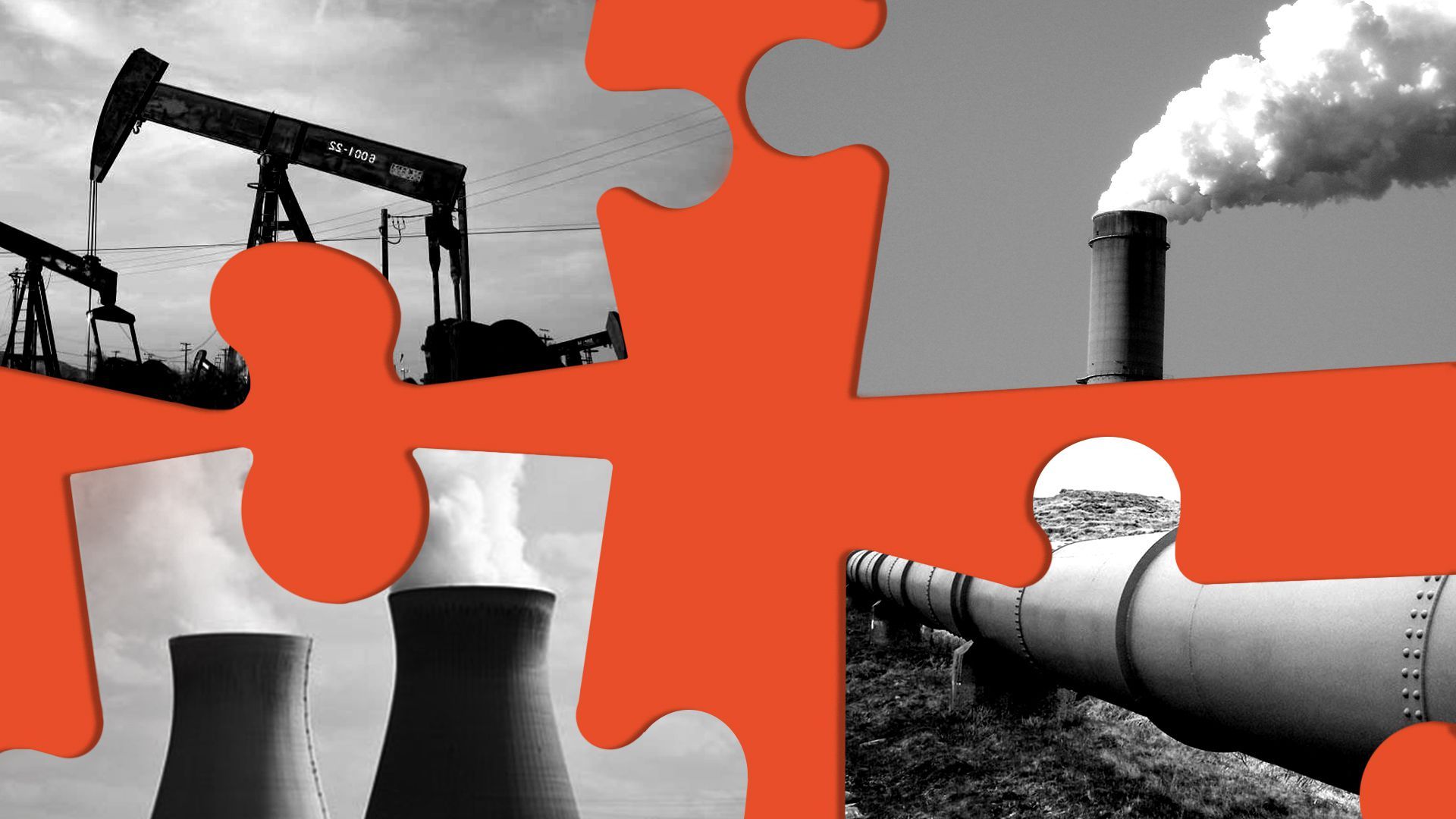| Sorry to be a downer, but two new studies offer a rough one-two punch — showing the lagging efforts to meet the Paris Agreement's targets and the health effects of the world's current fossil-heavy energy system. Driving the news: Let's start with an analysis in the journal Communications Earth & Environment about what it would take to hold global temperature rise under 2°C above preindustrial levels. The University of Washington researchers found that on a worldwide basis (though it varies by country), nations' formal pledges under Paris would need to be 80% stronger than current plans. How it works: It seeks to assess how countries are doing at implementing existing pledges, and whether carrying out those plans would be enough to meet the agreement's temperature targets. The big picture: Countries are generally not on track to meet even existing goals. "On current trends, the probability of staying below 2 °C of warming is only 5%," the study notes. - But even if countries meet their current medium-term pledges and continue with only the same rate of emissions cuts after 2030, the chances rise only to 26%.
- "To have an even chance of staying below 2 °C, the average rate of decline in emissions would need to increase from the 1% per year needed to meet the nationally determined contributions, to 1.8% per year."
Why it matters: The study comes ahead of UN talks late this year aimed at strengthening global efforts to even begin sustained emissions curbs. It puts a fine point on the understanding that existing pledges are not enough, as the Washington Post's detailed story on the paper points out. Yes, but: Via the Post's coverage..."Kelly Levin, a senior associate at the World Resources Institute, noted that Tuesday's study did not take into account more recent policies that some large countries have adopted or already begun to implement." Also, efforts needed for a pathway with a strong chance of meeting the 2°C target are not radical. "Achieving the Paris Agreement's temperature goals is something we're not on target to do now, but it wouldn't take that much extra to do it," said lead author Peiran Liu. Of note: A 2°C world is no picnic, considering harms from warming at half that amount apparent today and estimated effects of breaching 1.5°C, the more ambitious and longshot Paris target. Getting on track for 1.5°C would require far steeper emissions cuts — one widely cited UN estimate is 7.6% annually this decade. * * * OK, that brings us to the second part of the one-two punch. It's a new study in Environmental Research that tries to quantify deaths from the effects of fine particulate matter (PM2.5) released when fossil fuels are combusted. The estimate that in 2018, the "premature mortality" from this pollution was 8.7 million, or roughly 18% of total deaths that year. The mortality effects of the pollution are higher than previously thought, the research states. CNN has more. | 







No comments:
Post a Comment